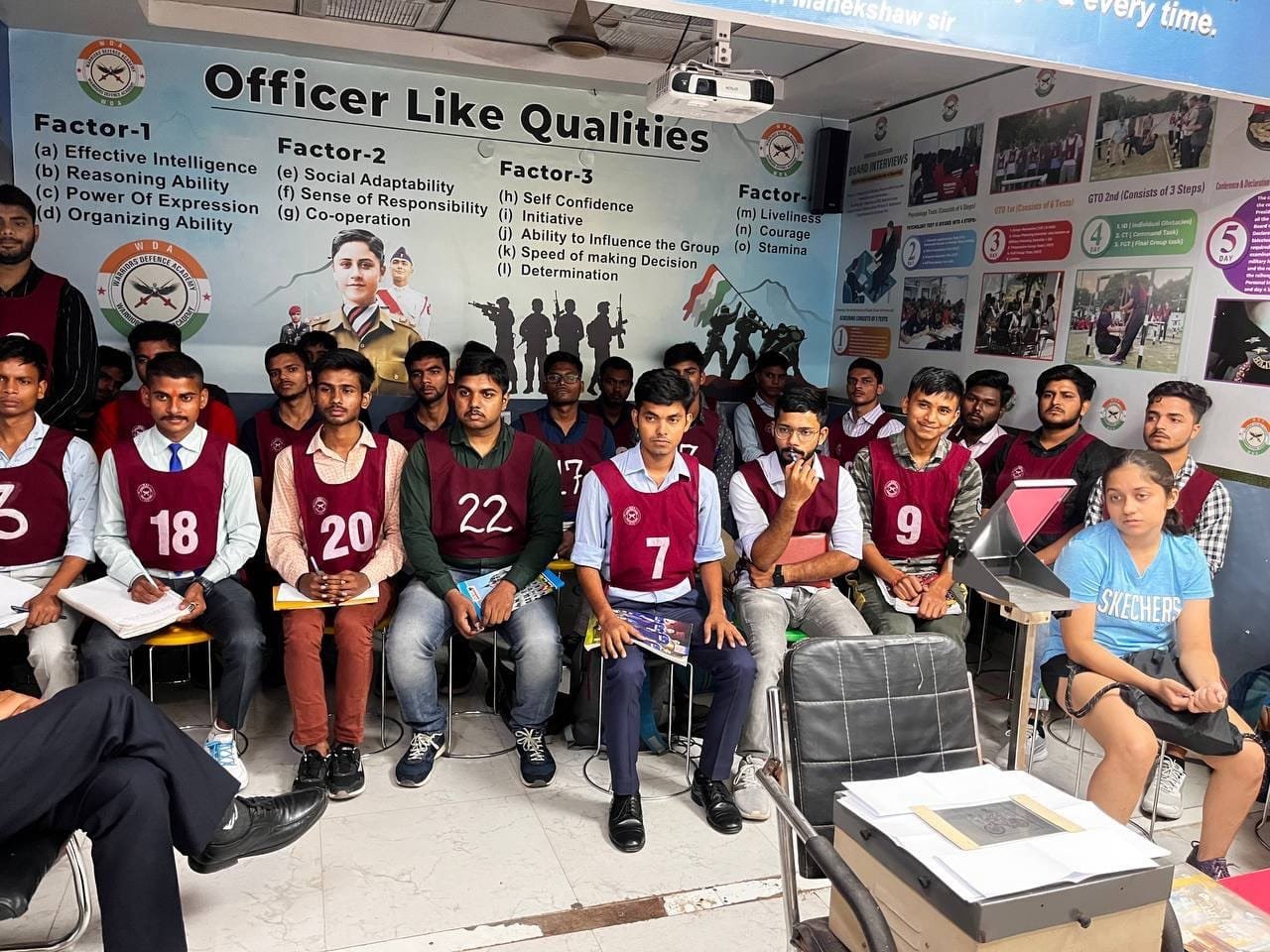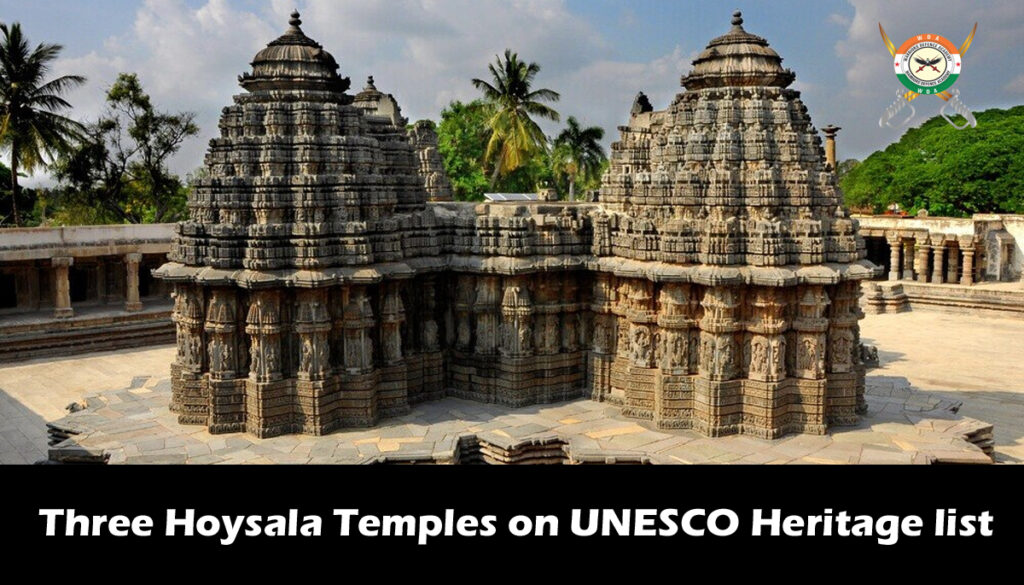Three Hoysala temples on UNESCO heritage list: what sets them apart
THREE HOYSALA-ERA temples in Karnataka recently made it to UNESCO’s World Heritage List, under the collective entry of ‘Sacred Ensembles of the Hoysalas’.
Hoysala temples are known for the rare beauty and finesse of their wall sculptures, and have been described as “art which applies to stone the technique of the ivory worker or the goldsmith”.
Built in the 12th and 13th centuries, the three temples selected for the UNESCO list are important not just because they demonstrate their builders’ superior skill, but also because they narrate the tale of the politics that shaped them. Three Hoysala Temples on UNESCO Heritage list
Which are the three Hoysala temples selected for the UNESCO list?
The three temples include the Chennakeshava temple in Belur, the Hoysaleswara Temple in Halebidu, and the Keshava Temple in Somanathapura.
The announcement was made by UNESCO on September 18, during the World Heritage Committee’s 45th session in Riyadh, Saudi Arabia, India submitted the nomination dossier for the temples in January 2022.

Who were the Hoysalas?
The Hoysalas held power in Karnataka from the 10th century to the 14th century. The dynasty began as provincial governors under the Western Chalukyas, but as the two dominant empires of the South, the Western Chalukyas and the Cholas, crumbled, the Hoysalas established themselves as rulers.
Two of the temples that made it to the UNESCO list are located in cities that served as the capital of the Hoysalas – earlier Belur, and then Halebidu (or Dwarasamudra). Three Hoysala Temples on UNESCO Heritage list
When were the Sacred Ensembles of the Hoysalas built?
The Chennakeshava temple, dedicated to Lord Vishnu, was consecrated around 1117 AD by King Vishnuvardhana, to mark his victories against the Cholas. It is thus also called the Vijaya Narayana temple.
The other Vaishnava shrine, the Keshava temple, was built in Somanathapura in the mid-1200s by Somanatha, a general of Hoysala King Narasimha III.
The Hoysaleswara temple in Halebidu is believed to be the largest Shiva temple built by the Hoysalas and is dated to the 12th century. Three Hoysala Temples on UNESCO Heritage list
What makes Hoysala architecture stand out?
One notable feature of Hoysala architecture is the use of soapstone, a malleable stone that is easy to carve. This is one of the reasons behind the abundance of intricate sculptures one can see on the temple walls. The sculptures include animals, scenes of daily life, as well as depictions from the epics and the Puranas. The jewelry, headgear, clothes, etc. of the detailed sculptures give an idea of the society of the times. Three Hoysala Temples on UNESCO Heritage list
Another special feature of Hoysala architecture is the unique confluence of styles.
Historian Prithvi Datta Chandra Shobhi, who works at Korea University in Andhra Pradesh’s Sri City, said, “Hoysala architecture is an amalgamation of three distinctive styles- the mainstream Dravidian architecture as represented in the Pallava and Chola temples; the variant of the Dravida style that emerged in the southern Deccan in the Chalukya and Rashtrakuta temples, which is called the Vesara style; and then the North Indian Nagara style. The political dimension to this is the various military ex- peditions that the Hoysalas undertook, which led them to different regions from where they brought back masons, builders, sculptors, architects who could visualize and actualize such temples.”
The temples are generally built on stellate (star-shaped) platforms and have several structures inside the complex. The walls and pillars are covered in beautiful sculptures that, according to Shobhi, have “rich narrative and descriptive dimensions”. Three Hoysala Temples on UNESCO Heritage list
An interesting feature of Hoysala temples is that they are ‘signed’ – the sculptors and masons leave behind their names, and sometimes a few more details about themselves.
Also, these Vaishnava and Shaivya shrines were being built at the time Jainism was prominent in the region, and thus marked a turn towards Hinduism.
What makes the three temples special? While hundreds of big and small
Hoysala-era temples still survive, these three are believed to be among the finest surviving examples of Hoysala art. Three Hoysala Temples on UNESCO Heritage list
About Belur’s Chennakeshava temple, K A Nilakanta Sastri writes in his A History of South India’, “…the total number of pillars is 46. All of them, except the four in the central bay, are of different design so that the variety and complexity of the whole is astonishing.”
The Keshava temple in Somanathapura is built in the shape of a 16-point star and has three shrines, dedicated to Keshava, Janardhana, and Venugopala. The Keshava statute, however, is missing now.
The Hoysaleswara temple in Halebidu, Sastri writes, “was perhaps the highest achievement of the school through its present ruined condition… renders it difficult to realize this…The infinite wealth of sculpture over the exterior of this temple makes it one of the most remarkable monuments of the world and an unrivaled ‘repository of religious thought expressed in the plastic form'”.”
Halebidu was raided and sacked by Malik Kafur, a general of Delhi Sultan Alauddin Khalji, in the early 1300s. Three Hoysala Temples on UNESCO Heritage List





Why is Warriors Defence Academy the Best NDA Coaching in Lucknow?
At Warriors Defence Academy, we’re the premier choice for many NDA and Army exam aspirants, including those seeking to understand NDA 2024 Exam Eligibility for Females. Our experienced faculty is dedicated to personalized guidance, ensuring every student excels in their studies. We provide an extensive range of study materials, including mock tests, previous years’ papers, and specialized books designed for NDA exam preparation, meticulously curated for comprehensive NDA syllabus coverage. Our simulated mock tests enable students to practice and assess their progress in an environment closely resembling the NDA exam.
Warriors Defence Academy has consistently produced NDA and Army exam success stories, with many alumni serving with distinction in the armed forces, a testament to the quality of our NDA Coaching in Lucknow. Indian Navy Eligibility 2024
Conclusion
The NDA 2024 exam eligibility for females opens the door to a fulfilling and honorable career in the Indian defense forces. By meeting these criteria and seeking support from NDA Coaching in Lucknow, you can significantly boost your chances of success. Your unwavering determination and dedication can lead to a fulfilling career dedicated to serving your nation. Indian Navy Eligibility 2024
In summary, if you’re a determined young woman with a strong aspiration to join the defense forces through the NDA 2024 exam, ensure you meet the eligibility requirements and consider enrolling in NDA Coaching in Lucknow. Your dream of serving your nation can become a reality with dedication and the right guidance.
If you have any more questions about NDA 2024 exam eligibility for females or need further information, please don’t hesitate to reach out. Best of luck with your NDA 2024 journey!
